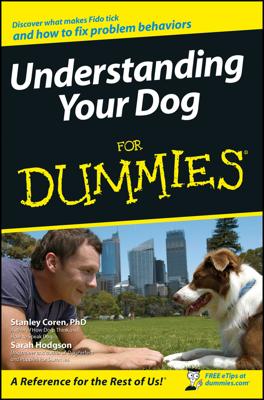If you are facing a move to a new home, you should consider how to ease your puppy’s stress during this important transition. Even though many changes such as this are for the best, all changes are stressful — and not just for humans. Dogs experience stress, too.
The difference between a puppy's stress and ours is how they display it. And if you correct an anxious pup, she’ll get more stressed and destroy things — perhaps your rug or the bed. Other signs of stress are aggression, barking, hyperactivity, and extreme withdrawal. Is she being bad? Not necessarily. She’s just confused and worried, and she needs your help to adjust.
Chaos such as a move to a new home really throws a puppy. Due to her biological nature, she depends on predictability to ensure her safety. During this change, you may notice your puppy resorting to early puppy behavior: She may become hyper, demand attention, nip, jump, or chew.
Forgive your puppy and vow to help her cope using methods such as these:
Try to include your puppy in your preparations, giving her bones to chew while you’re busy boxing up your life.
If you’re traveling to your new home, bring familiar objects such as dog beds, bones, and toys to make her feel connected to your new home before you move in.
Use familiar commands and pattern the same schedule and routines from day one! If you keep your day-to-day habits the same, your puppy will adapt in no time.
The first time you leave your puppy in your new home, she may stress out, resulting in destructive chewing or excessive barking. Confine your puppy in a small room or crate with one of your old shirts and a favorite chew toy. Don’t correct your puppy if she demolishes something. Your corrections only increase the anxiety and destruction. Puppy-proof the area ahead of time. If you come back to destruction, ignore it and clean up the area later when your puppy is occupied.
Don’t let your puppy off-leash in your new yard unless it’s fenced in or she’s secure on a long line. She’ll be disoriented for a few weeks and may get lost if she wanders off. If your dog was accustomed to running free in a yard but can’t anymore, you need to make up for the loss. Use a long line or a retractable leash and discover some good games to burn off that energy.

